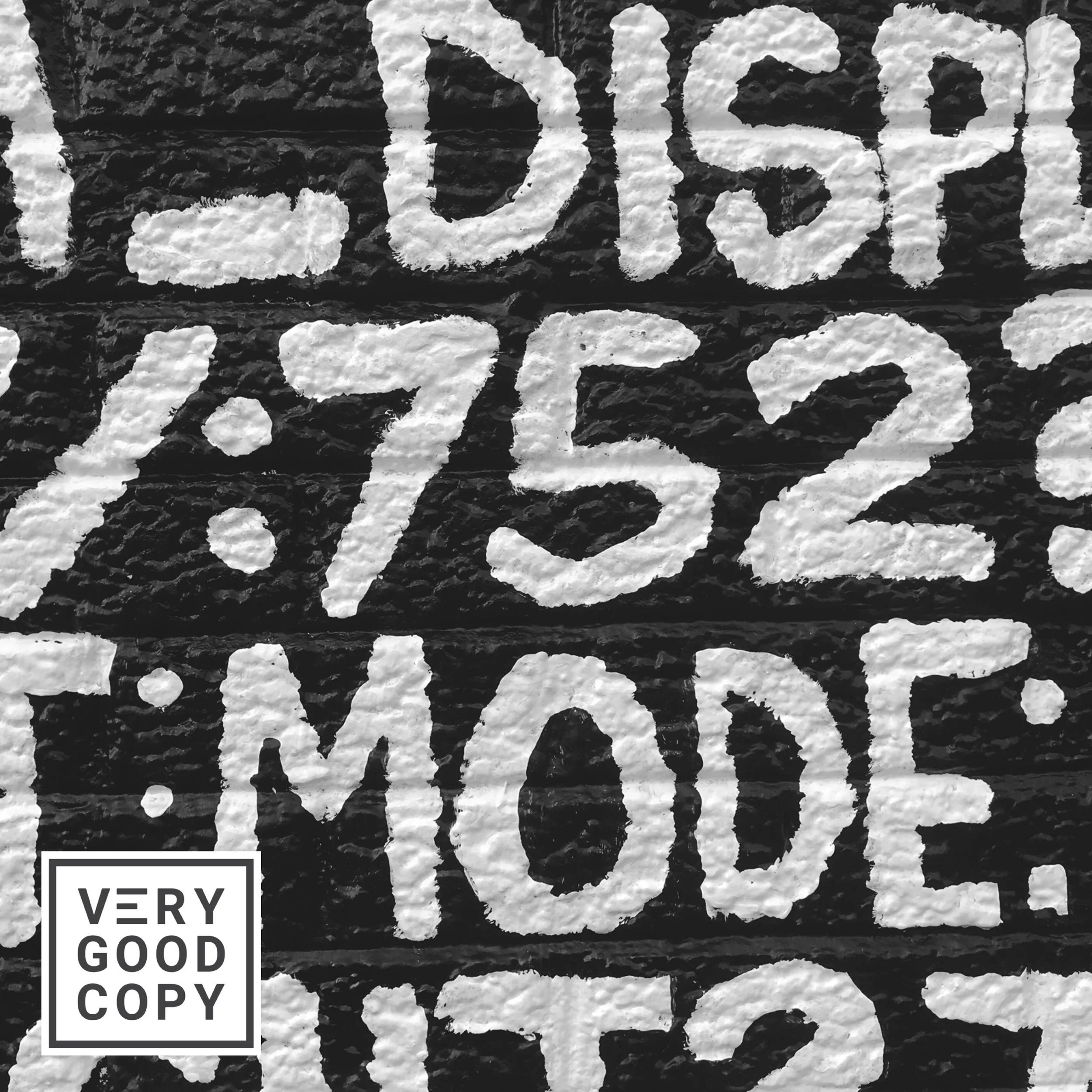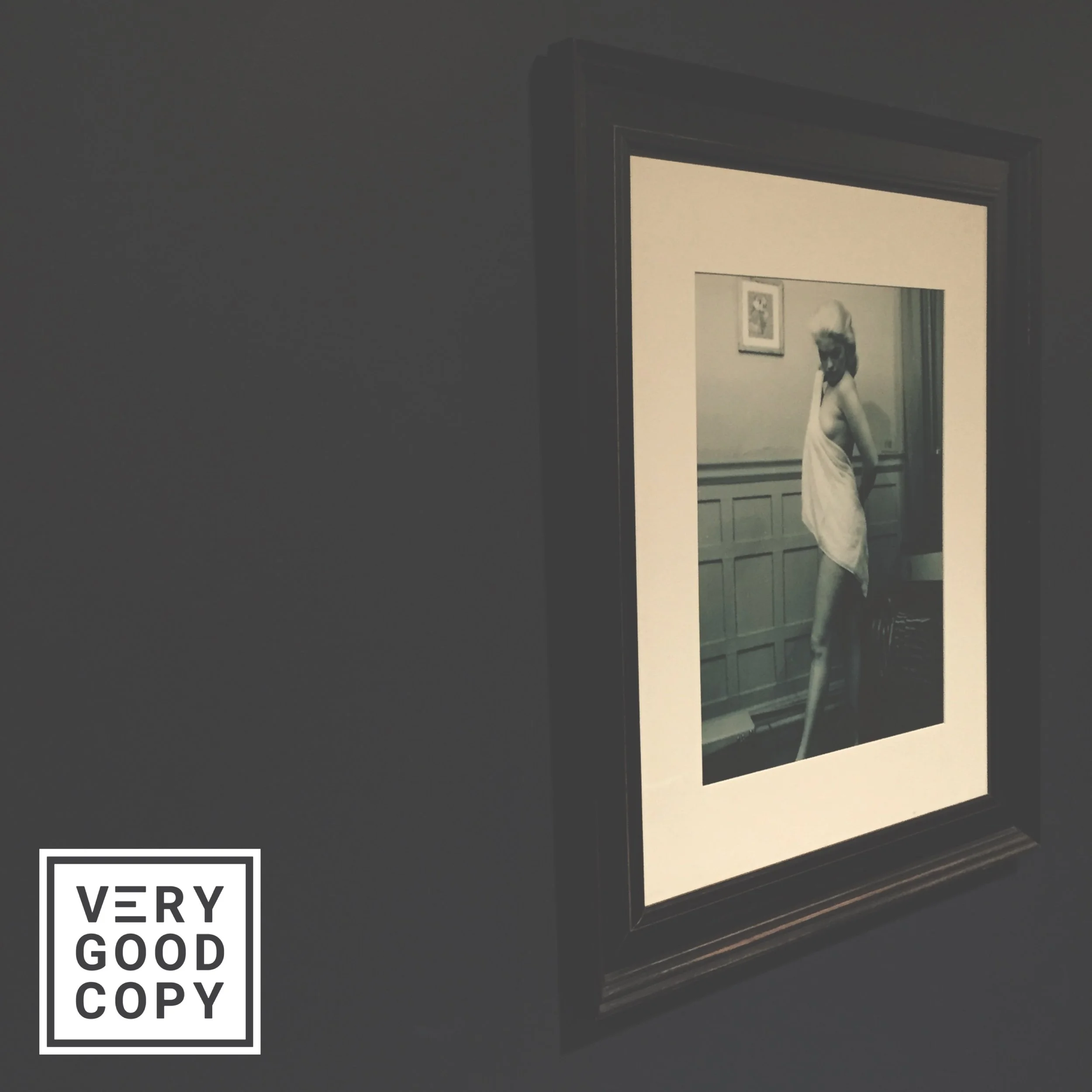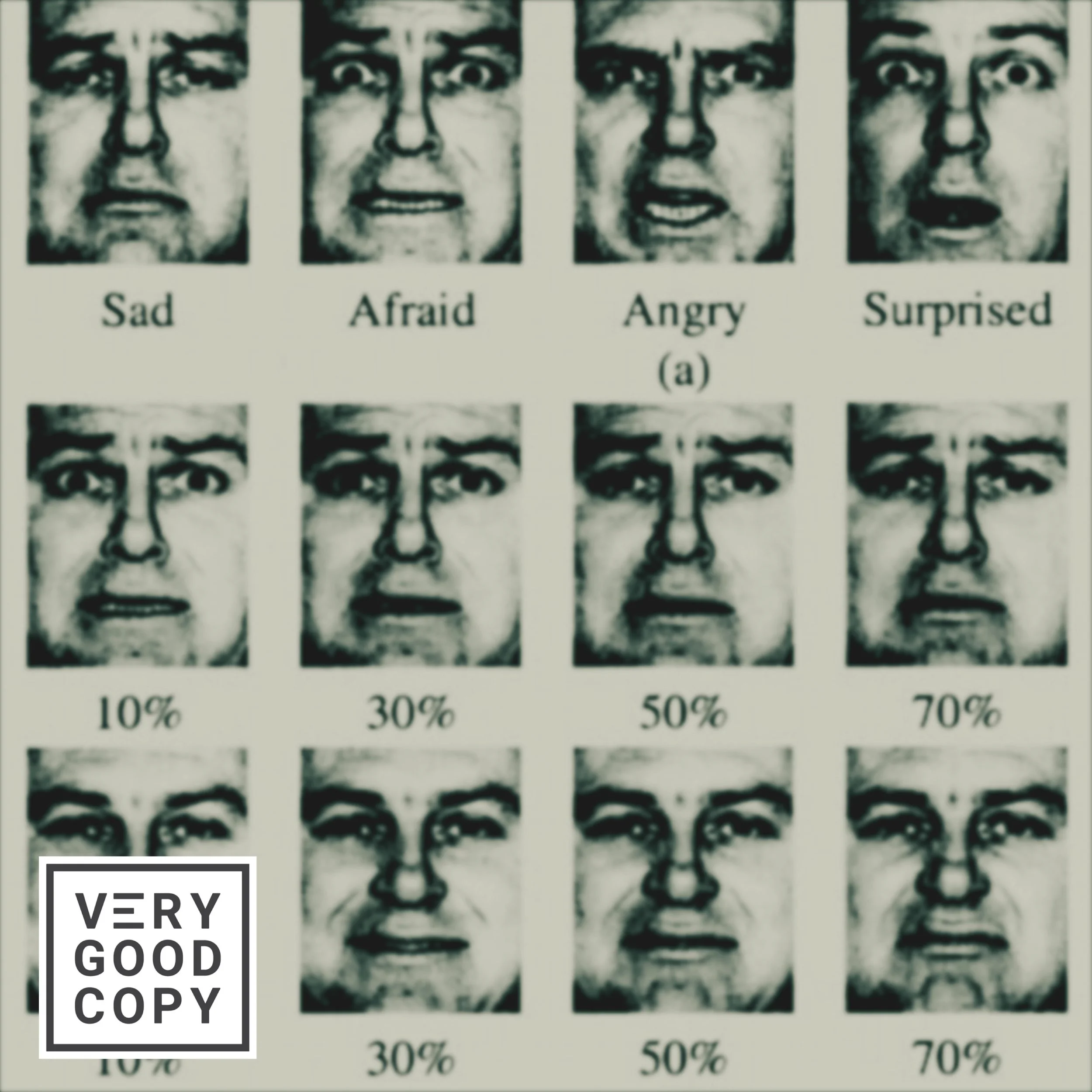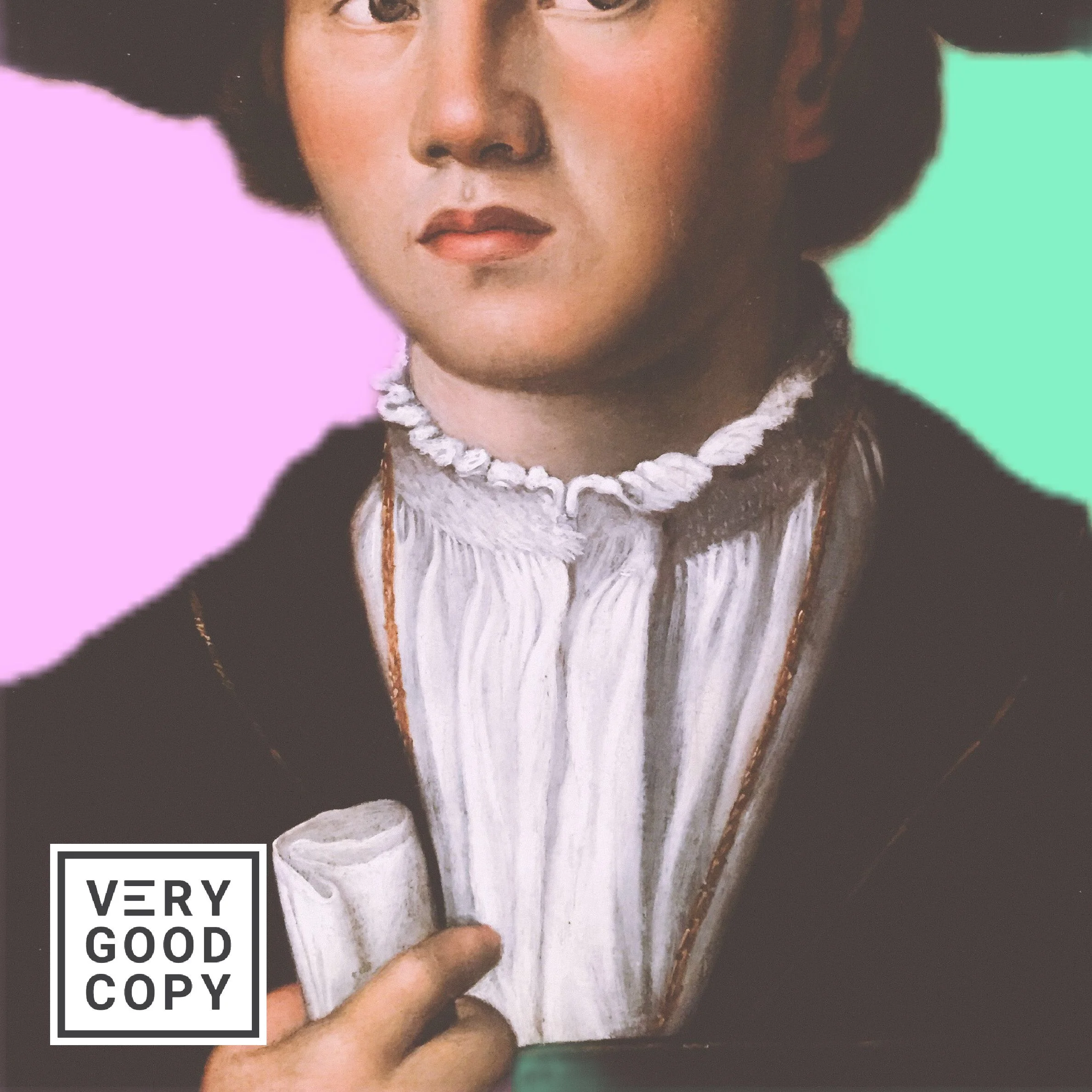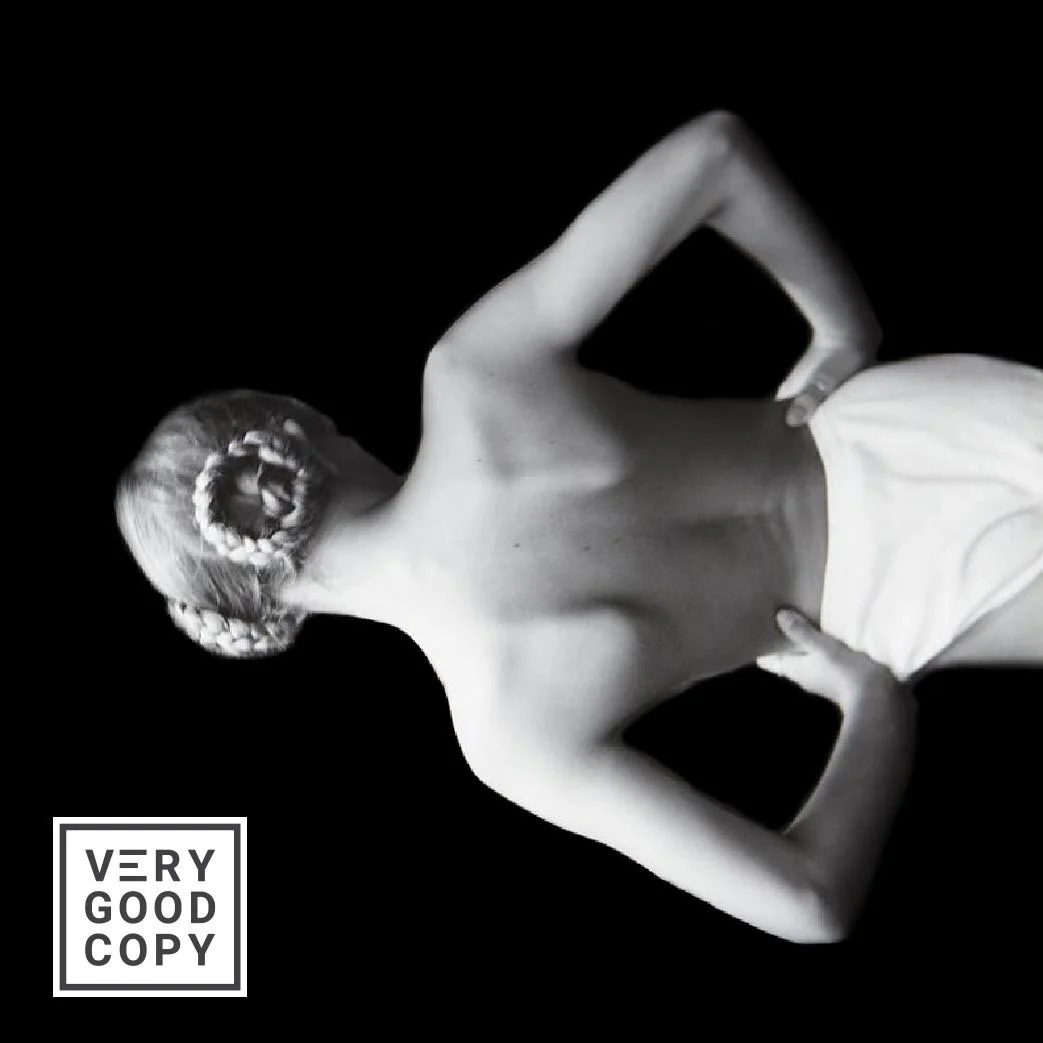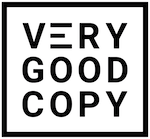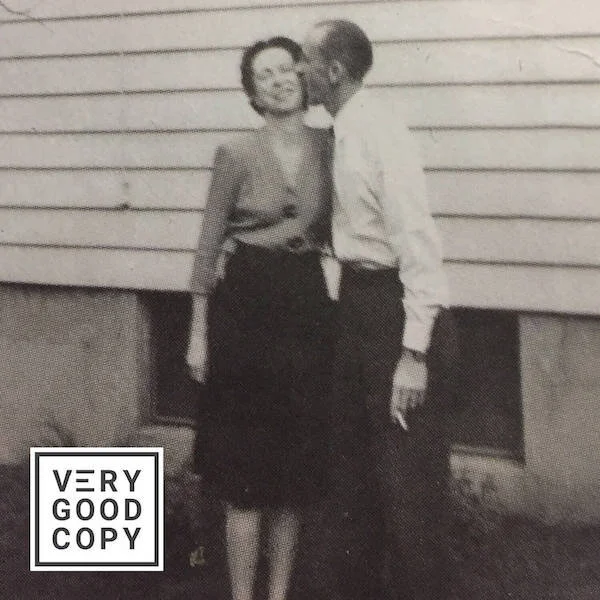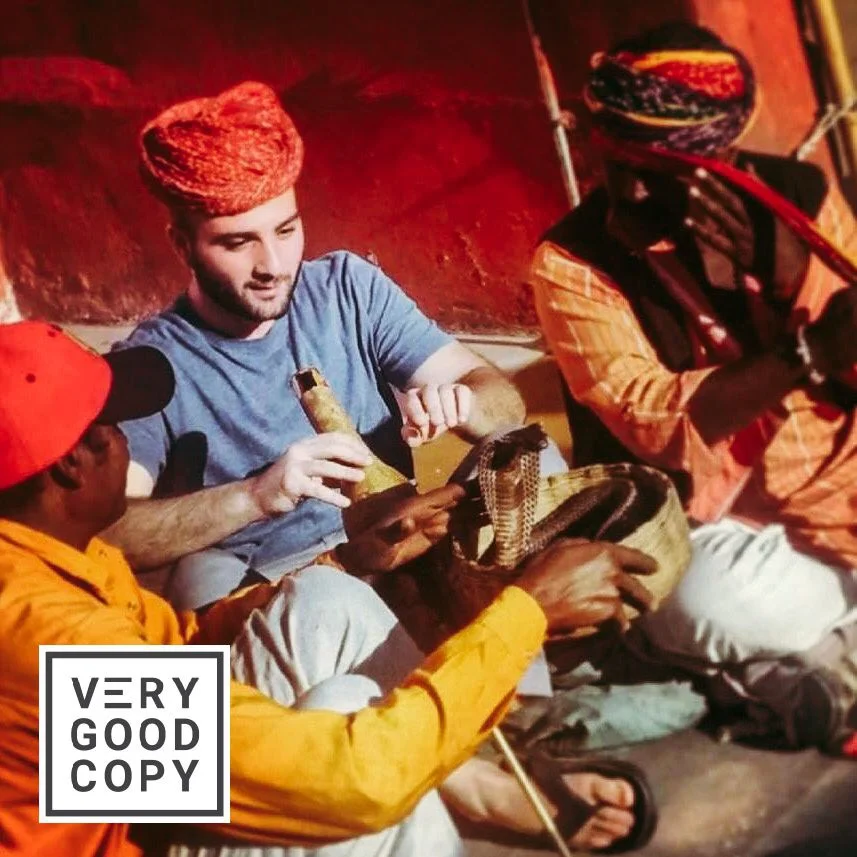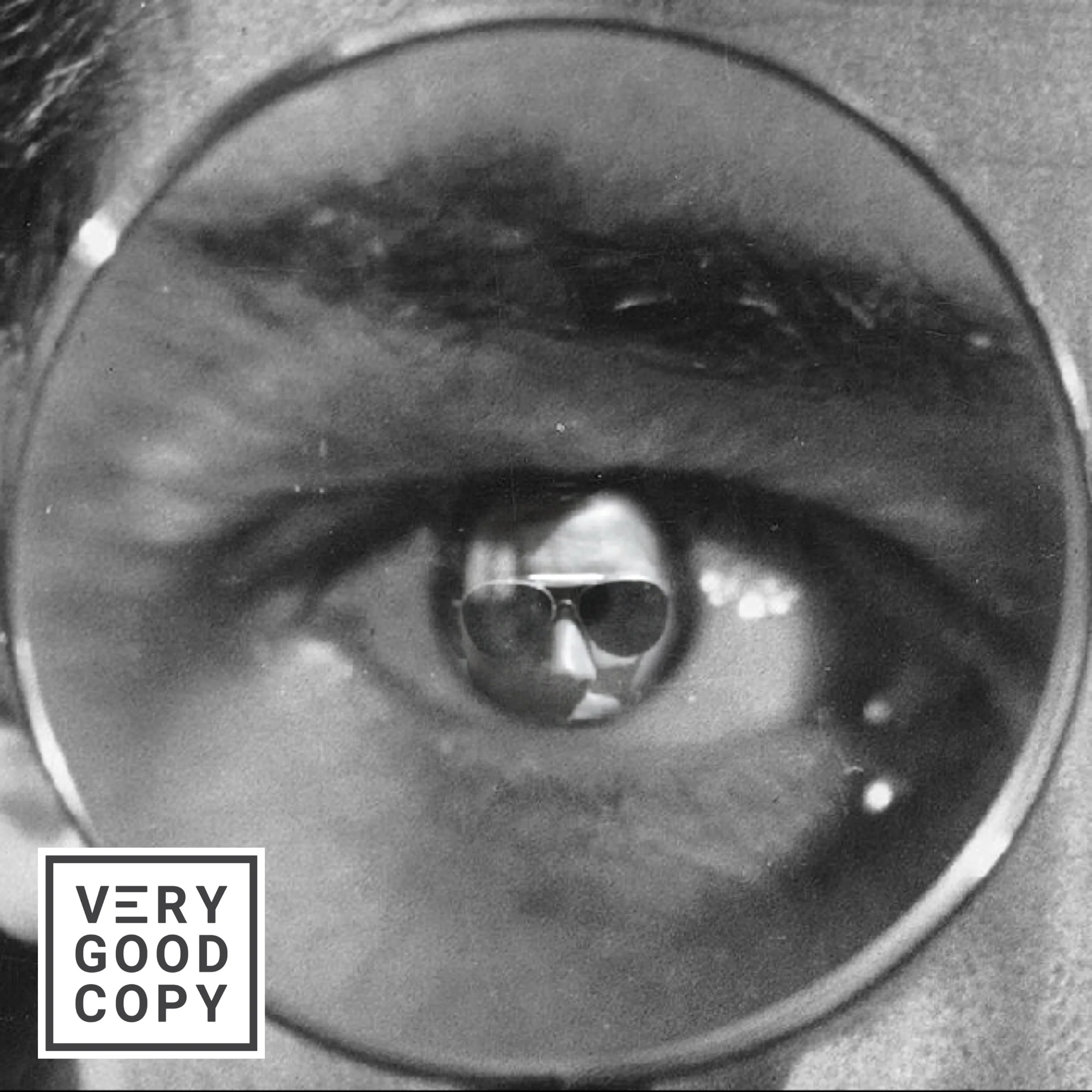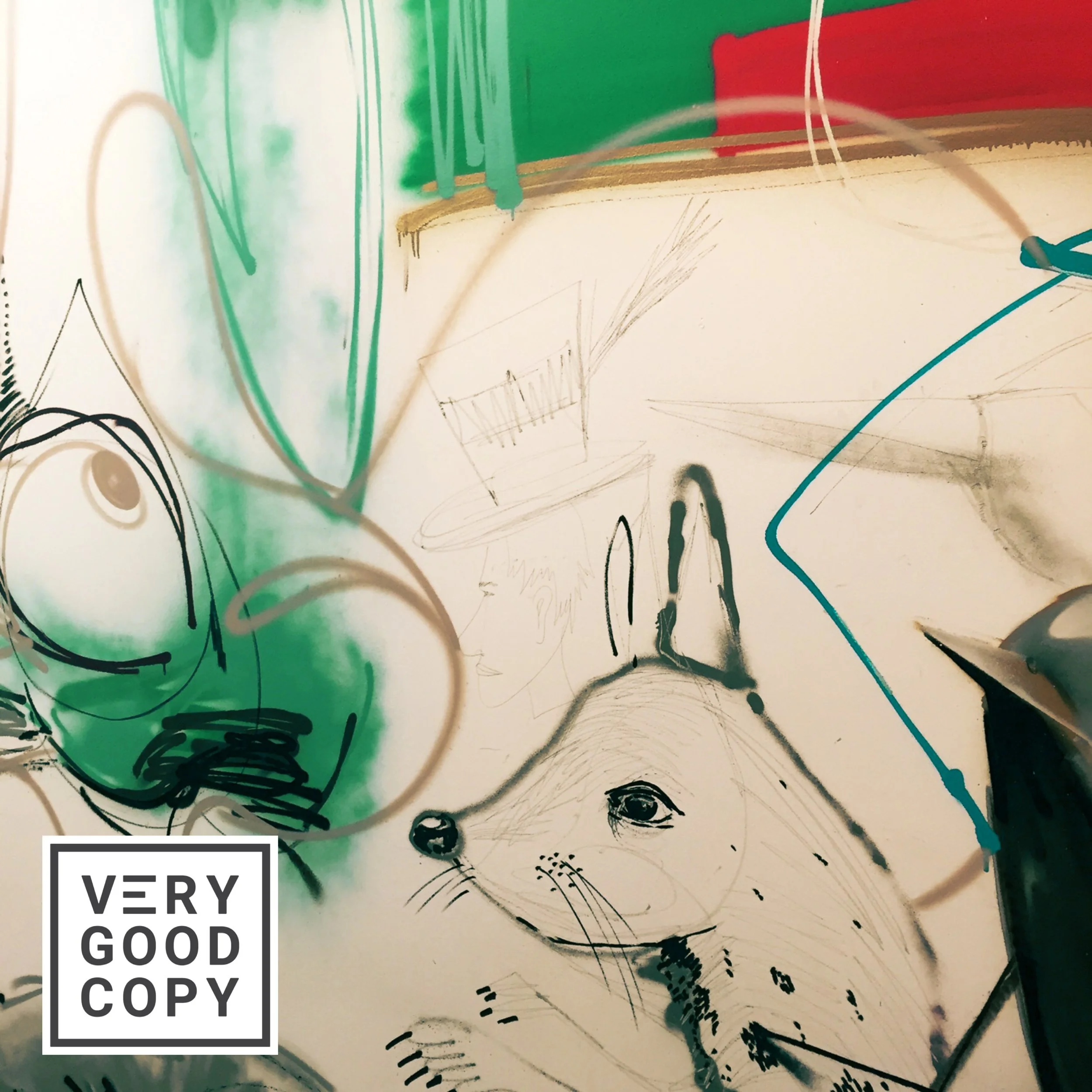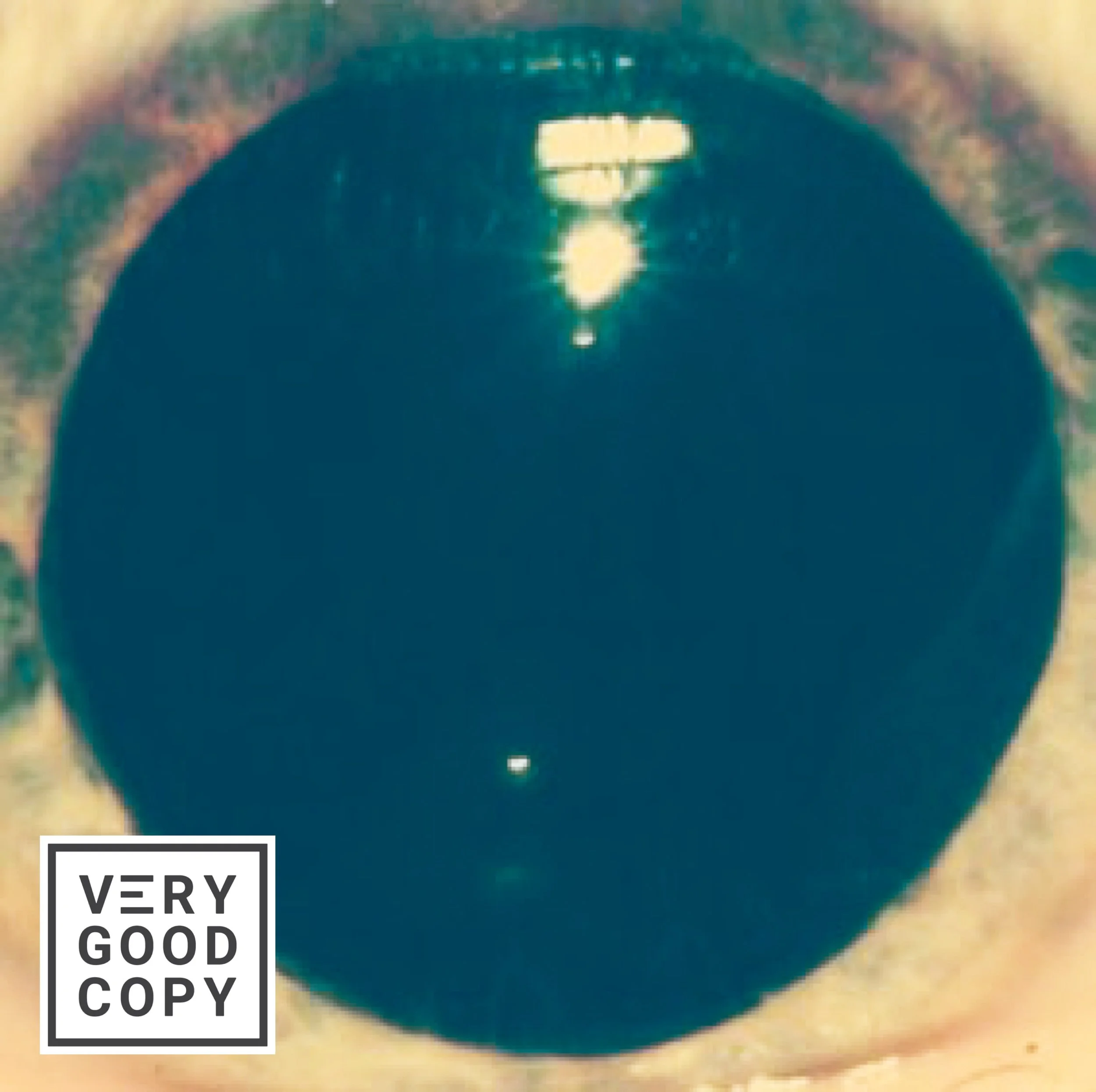![VeryGoodCopy [Small].png](https://images.squarespace-cdn.com/content/v1/5615edeae4b0b9df5c3d6e90/1554420811703-D0CPVJ0QVPS73OO6VIZS/VeryGoodCopy+%5BSmall%5D.png)
“Trying hard enough” means...
You’re making progress toward your goal.
And your goal as a direct response copywriter should always be to find a breakthrough angle.

A “breakthrough angle” positions your offer in a way that converts your audience better — significantly better — than any campaign before it. For example, if your current campaign is pulling a 1% response rate, then a breakthrough campaign might pull 5%, or even more.
Sounds meh but imagine what 500% more sales or sign-ups would mean for you!
That said, finding breakthroughs is uncommon, even rare.
But if you follow these rules…
You’re almost guaranteed to find them more often.
There are only 2 “trying hard enough” rules. And they were written by Eugene Schwartz, a copywriting genius, so you know they’re good.
![VeryGoodCopy [Small].png](https://images.squarespace-cdn.com/content/v1/5615edeae4b0b9df5c3d6e90/1554420987221-M6UNLTQDGS6MC9ZW3DNH/VeryGoodCopy+%5BSmall%5D.png)
JOIN THOUSANDS OF SUBSCRIBERS

According to Schwartz:
"Failing often, and testing big differences, shows you are trying hard enough."
Let’s break that down…
Rule #1: Fail often.
When it comes to creative work — whether it’s copywriting or anything else — quality comes from quantity.
The more you produce, the more likely you are to create something great, something that stands apart.
You’re also more likely to create garbage, and that’s OK.
Most of your drafts will be bad. Most of your ideas will not be breakthroughs. But for every 20 or 30 or however many that fail (your mileage will vary), you will enjoy a breakthrough.
The more garbage you create, the more breakthroughs you’ll get. You just need to keep on testing big differences…
Rule #2: Test big differences.
Copywriters use “split” tests, or “A/B” tests, to measure the effectiveness of their work.
Broadly, there are two types of split tests: small-difference tests and big-difference tests.
A small-difference split only tests one VARIABLE at a time (e.g., the headline; the CTA button color; one image; one caption). Sometimes a small change can create a significant conversion lift but not usually.
A big-difference split pits two unique ANGLES against each other (e.g., pain vs. pleasure; exclusivity vs. scarcity).

On your desktop? Look left!
On your phone? Look down!
The latter is where you’ll find most of your breakthroughs, so always start there, with a big-difference split. Then use the former to fine-tune.
“Failing often, and testing big differences, shows you are trying hard enough.”
Just put that quote somewhere in plain sight and keep at it and you’ll do great.
LEARN TO PERSUADE
![VeryGoodCopy [Small].png](https://images.squarespace-cdn.com/content/v1/5615edeae4b0b9df5c3d6e90/1554421237917-NLHLS5HEMK6IXT4C8NWG/VeryGoodCopy+%5BSmall%5D.png)
WRITE BETTER.
MARKET BETTER.
SELL MORE.
COMMENT BELOW
Judge not lest ye be judged.




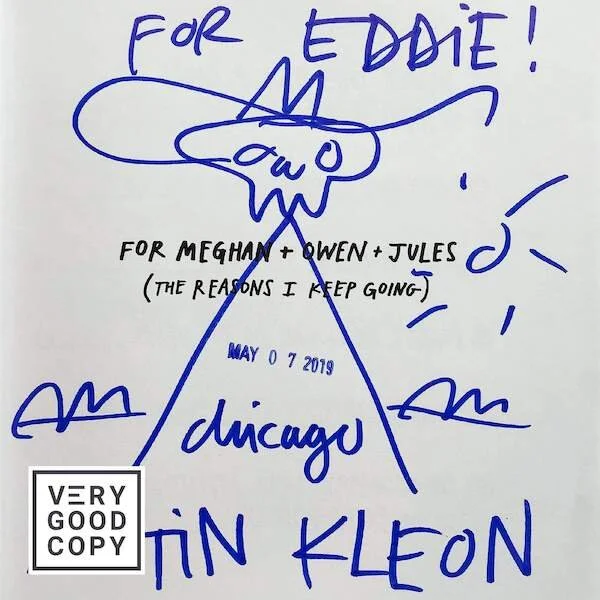
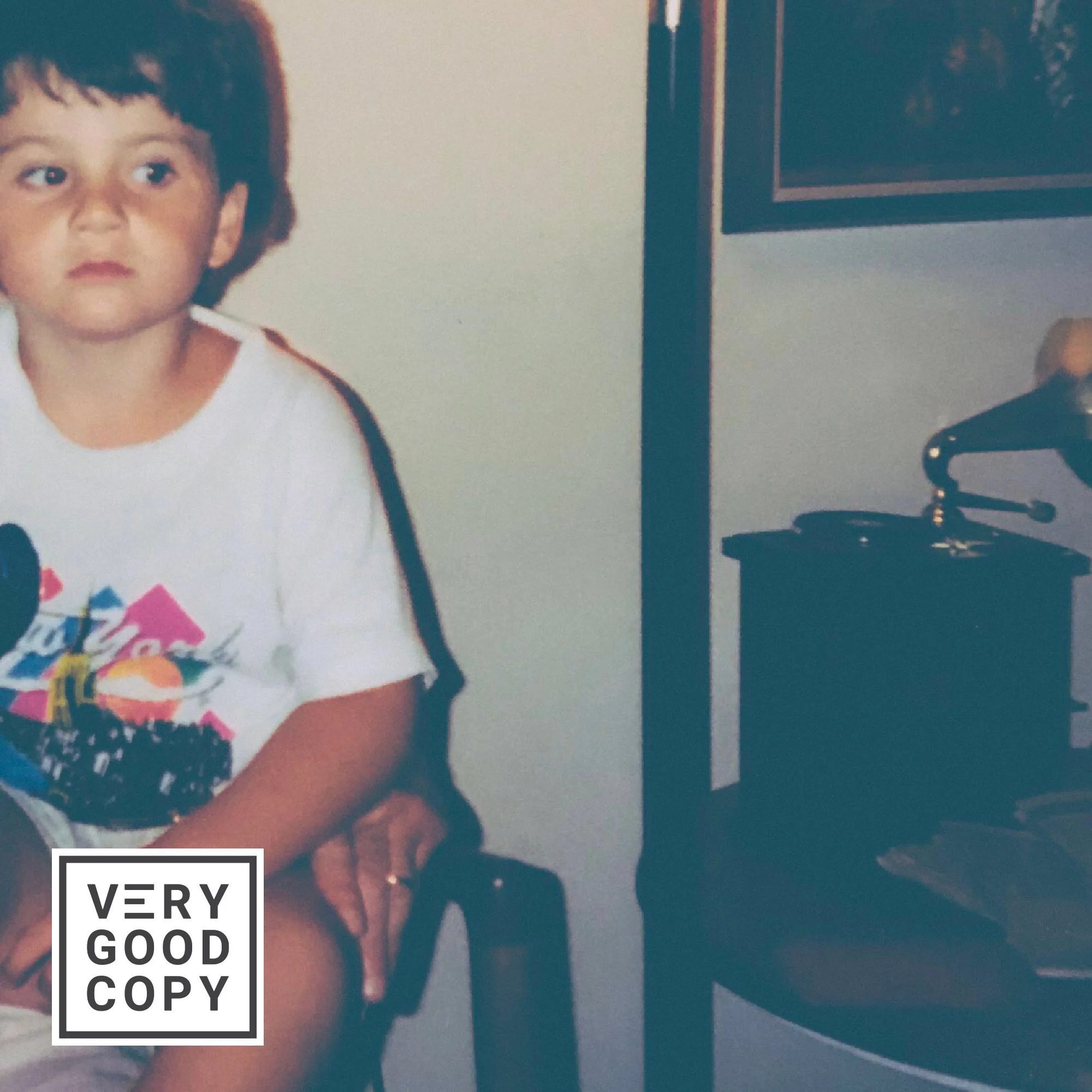






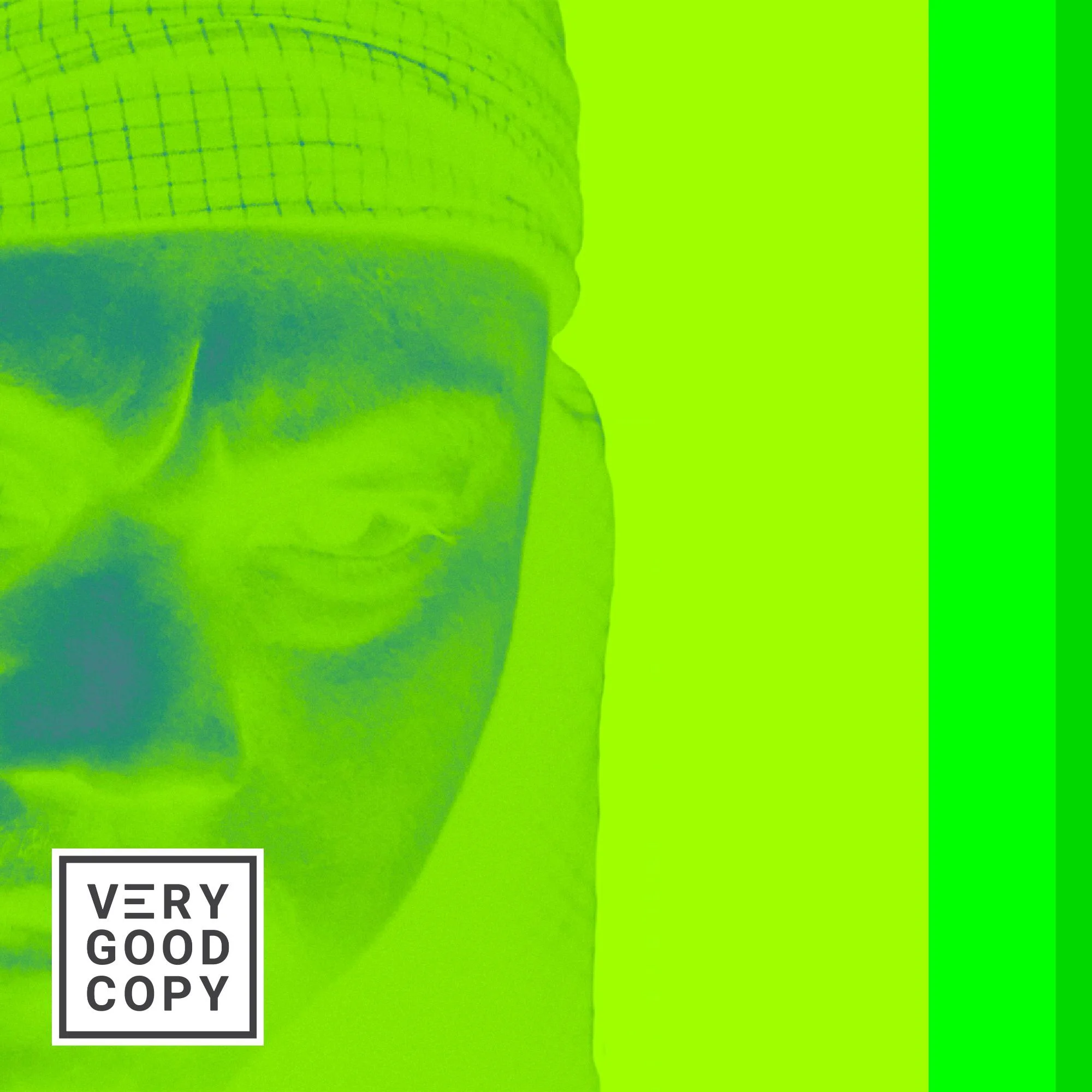
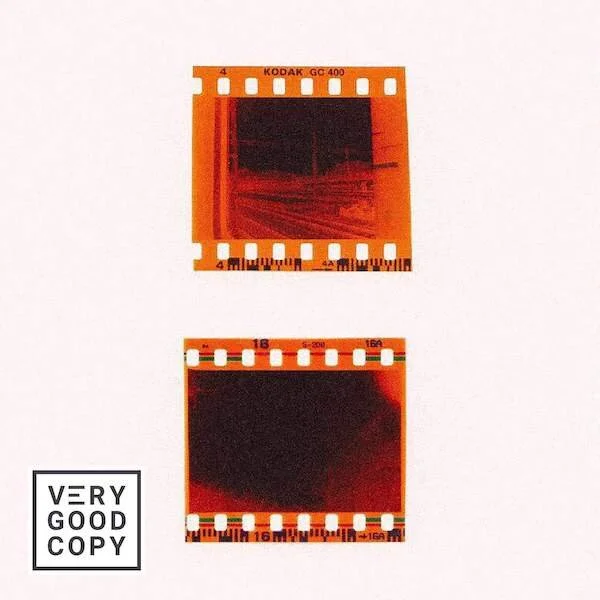
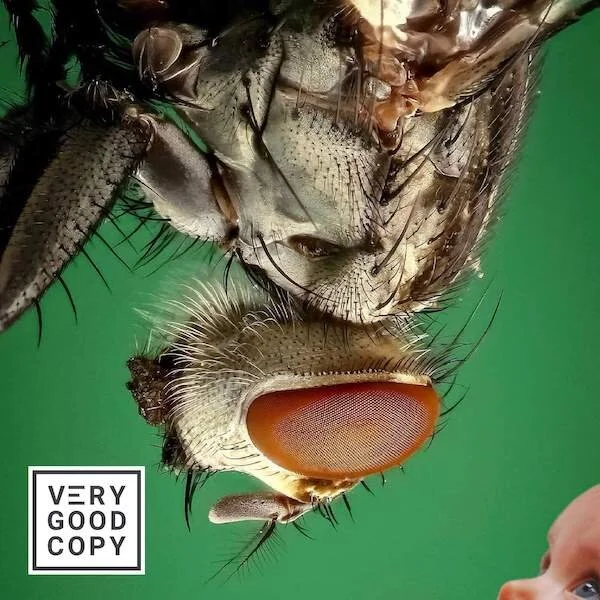
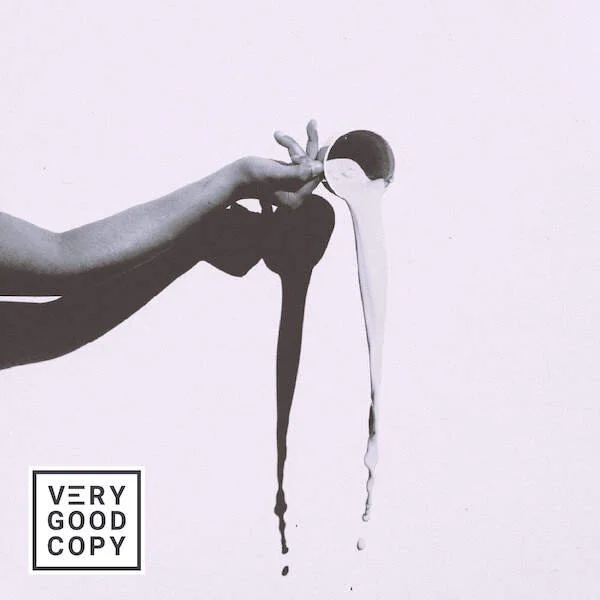

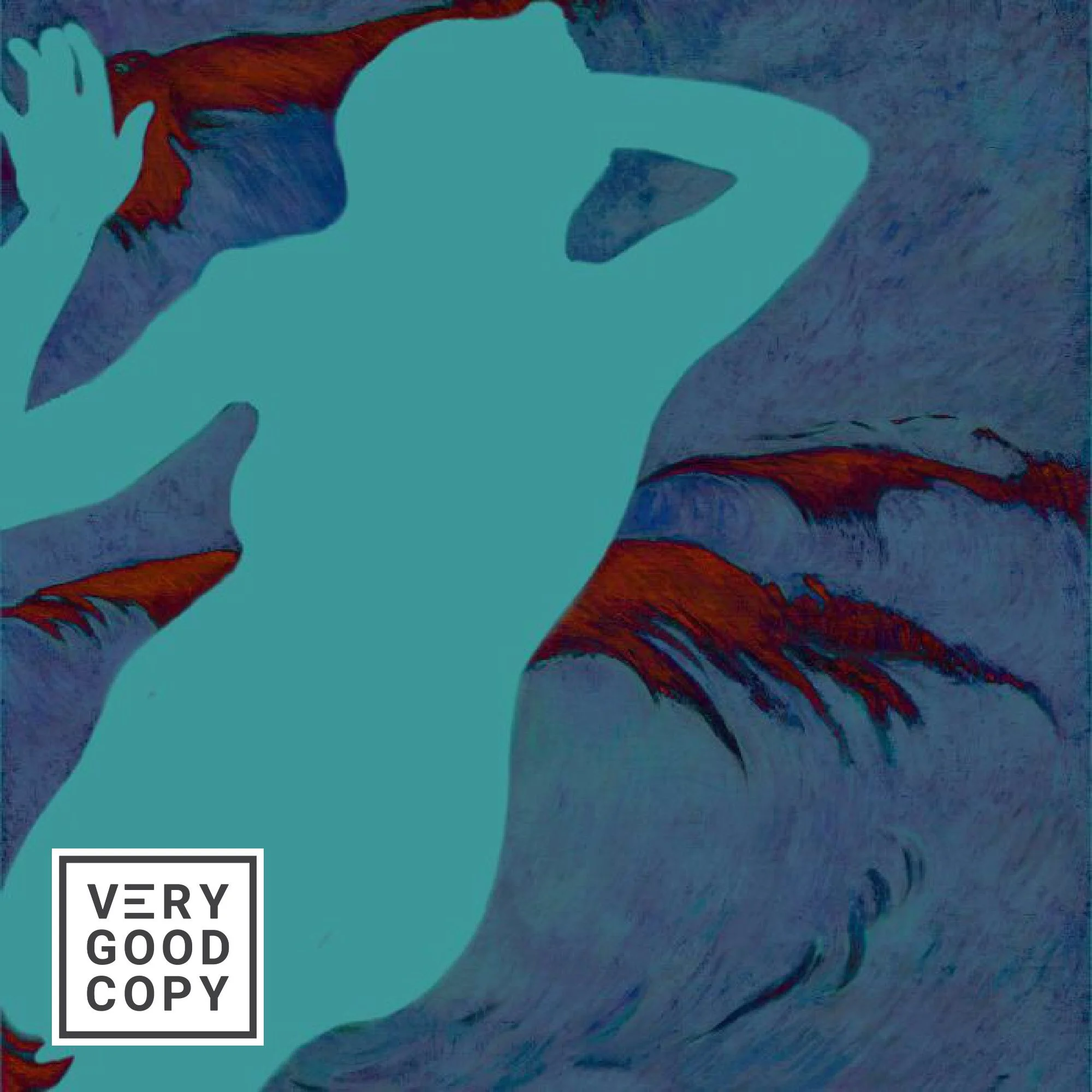
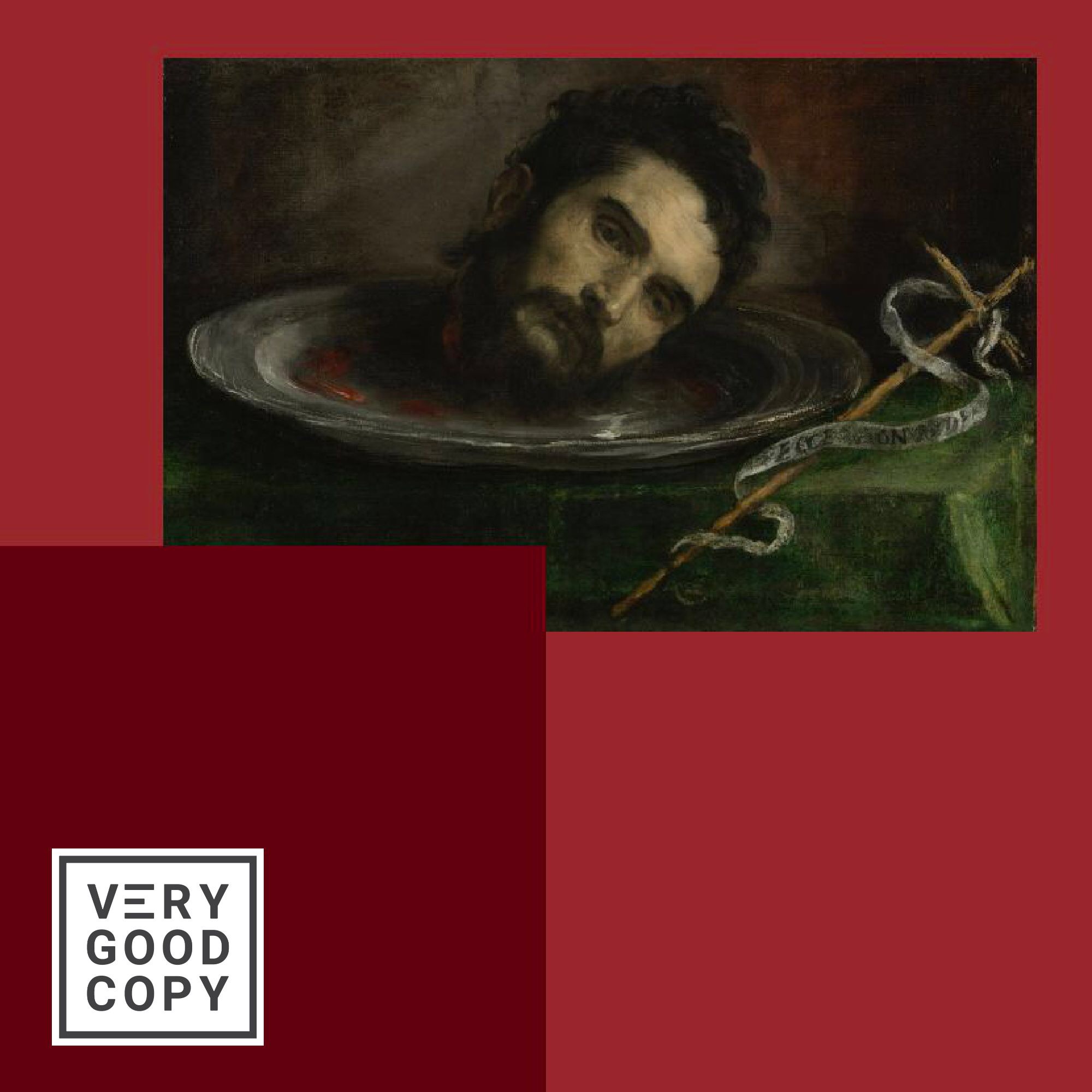









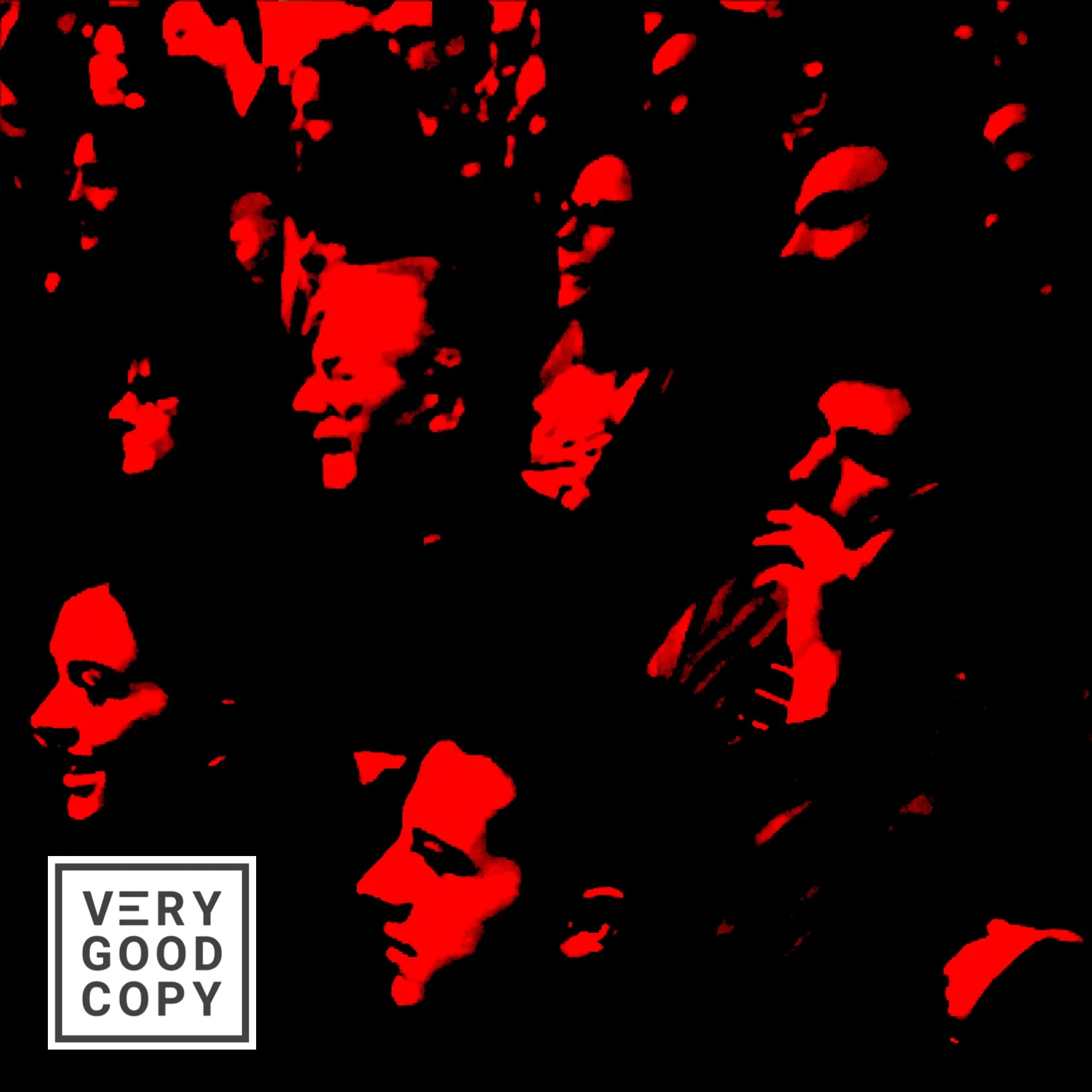
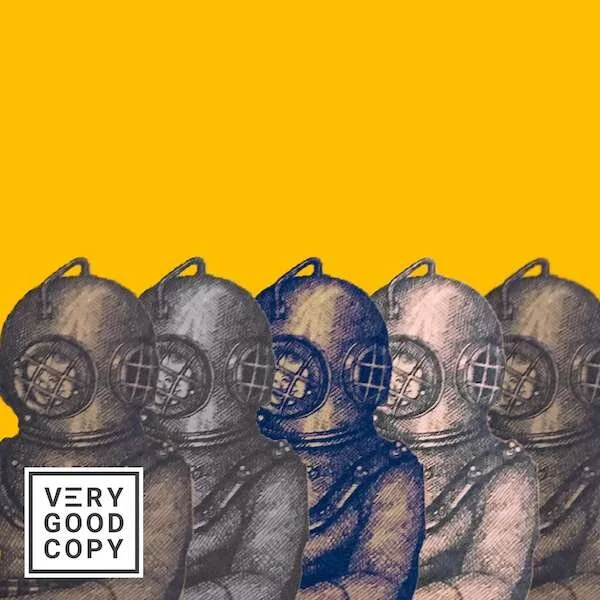



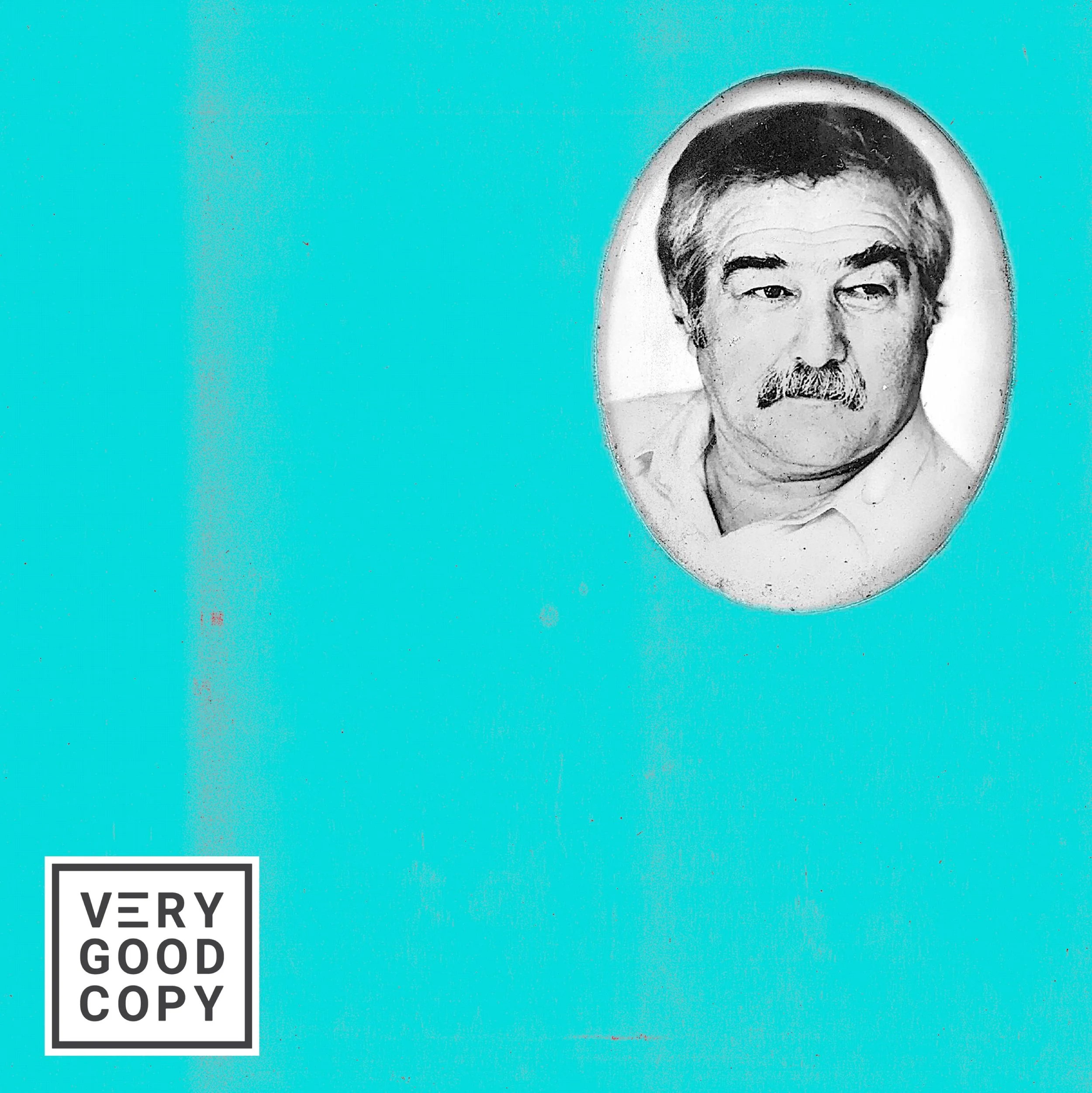



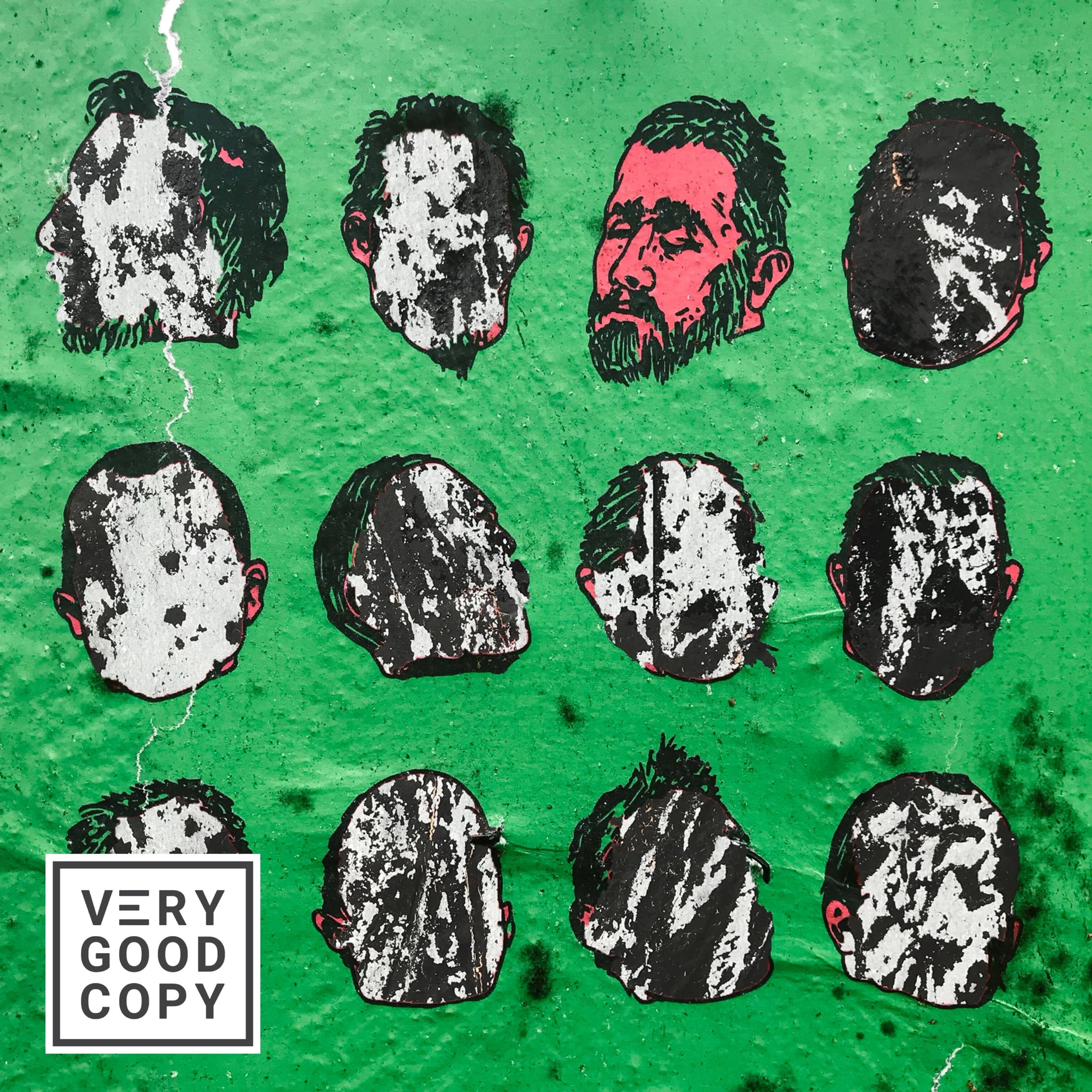

![How copywriters put prospects in the buying mood [quick trick]](https://images.squarespace-cdn.com/content/v1/5615edeae4b0b9df5c3d6e90/1533095575515-C2JPAZA3C46IBX00EMM8/Put+prospects+in+the+buying+mood+%5BVGC+art%5D.JPG)



